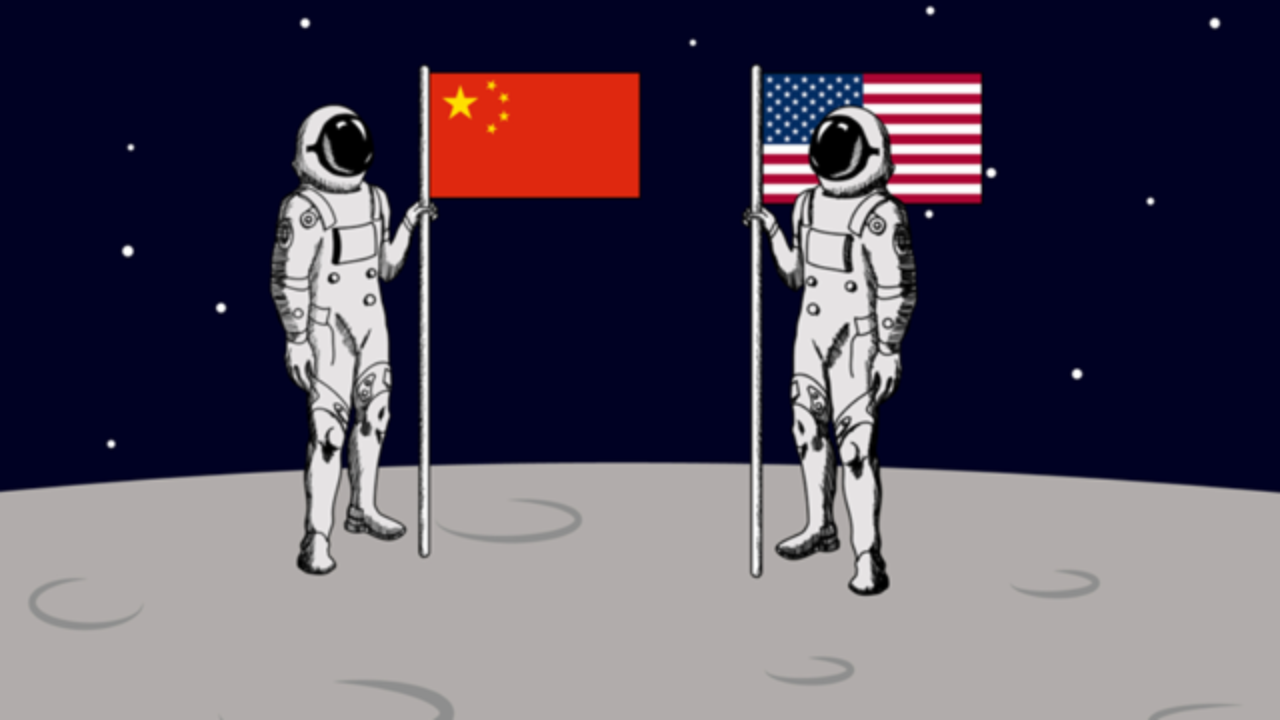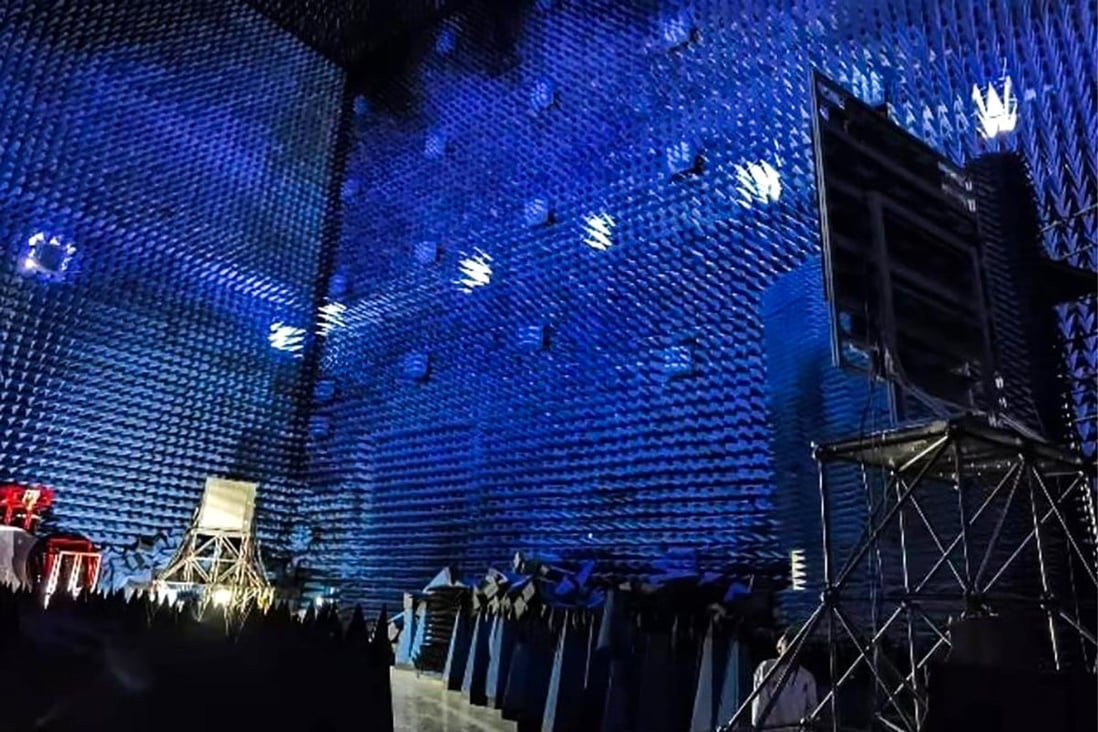China plans to start building the first phase of an ambitious space-based solar power station in 2028, two years ahead of schedule. Over the next decade, the country plans to conduct solar power generation and transmission tests at various orbital altitudes.
Chinese Fighter Pilots Play ‘Deadly Games’ With US Allies Over Indo-Pacific; Experts Fear A Repeat Of 2001 Incident
The China Academy of Space Technology (CAST), the country’s leading state-owned spacecraft manufacturer, intends to execute a “Space high voltage transfer and wireless power transmission experiment” in low Earth orbit in 2028, reported Hong-Kong-based South China Morning Post.
The central concept is to build a space station with a solar array that transforms solar energy into electricity. A microwave transmitter or a laser emitter would then transfer the power to Earth.
The satellite will be able to generate 10 kilowatts of power, which will be enough to power a few households. It will include a solar cell array, a microwave transmitting antenna, a low-power laser transmission payload, a transmitting array, and a test power transfer across 400 kilometers from orbit.

The phase 1 test will soon be followed by phase 2 in 2030, which will be launched into geostationary orbit and will require precise energy transfer over a distance of 35,800 kilometers to Earth.
The second mission could produce up to one megawatt of power. It will have much larger transmission arrays and medium-power laser power transmission and will need to be assembled in orbit.
Phases 3 and 4, scheduled for 2035 and 2050, respectively, call for significant increases in energy generation and transmission (10 MW and 2 gigawatts), orbital assembly capabilities, beam steering accuracy, and transmission architecture.
The proposal also calls for the construction of infrastructure on the ground to receive energy transmissions. CAST’s designs have been updated in the paper “Retro-directive microwave power beam steering technology of space solar power stations,” which was recently published in the journal China Space Science and Technology.
The four-phase project, according to the paper, could help China achieve its energy security and carbon neutrality goals. The updated strategy is apparently in response to domestic and international development trends as well as technology advancements.
In 2021, CAST revealed that it is working on small-scale electricity generation experiments, with a megawatt-level power generation facility possibly being built around 2030. It is also building test facilities in Chongqing city in Southwestern China to help its research into space-based solar power.
The team even used a payload aboard a small airship to test power transfer across a distance of 300 meters last year.

In a related development, a senior official with the China Academy of Launch Vehicle Technology (CALT), which, like CAST, is a subsidiary of China’s main space contractor, CASC, last year introduced a proposal to construct a space-based power station in GEO using a reusable Long March 9 super-heavy launch vehicle.
The proposal is far from likely to proceed or receive an official sanction. Space-based solar power has significant obstacles, including economic feasibility and manufacturing costs, low and dependable launch services, and efficient and safe energy transfer.
NASA Abandoned Similar Project
The concept of harvesting solar power in space was popularized by science fiction author Isaac Asimov in 1941 in a brief tale that imagined space stations using microwave beams to carry the sun’s energy to distant planets.
Satellites in geosynchronous orbit absorb sunlight for more than 99 percent of the time, according to UK-funded research into space-based solar power, and at a significantly higher intensity than solar panels on Earth.
In 1968, an American aerospace engineer called Peter Glaser submitted the first detailed plan for a solar-powered system in space, bringing Asimov’s vision closer to reality.
Glaser secured a contract with NASA to fund research after experimenting with solar power transport in the 1970s. Changes in federal administrations hampered the project, and it wasn’t until 1999 that NASA’s solar power exploratory research and technology program resurrected it to investigate the issue.

NASA eventually gave up on the idea because of the cost and economic feasibility issues. However, much has changed, particularly in terms of the cost equation and rapid improvements in technologies.
According to a NASA spokesperson, the agency is not actively researching space-based solar power for use on Earth.
However, its Kilopower project, a small, lightweight nuclear fission system that could power future outposts on the Moon, is one of several advanced power and energy technologies being investigated to enable long-duration human exploration of the Moon and Mars.
Nonetheless, China appears to be on its way to developing a potentially game-changing technology that might allow it to disrupt the energy industry’s future.
- Contact the author at ashishmichel@gmail.com
- Follow EurAsian Times on Google News




